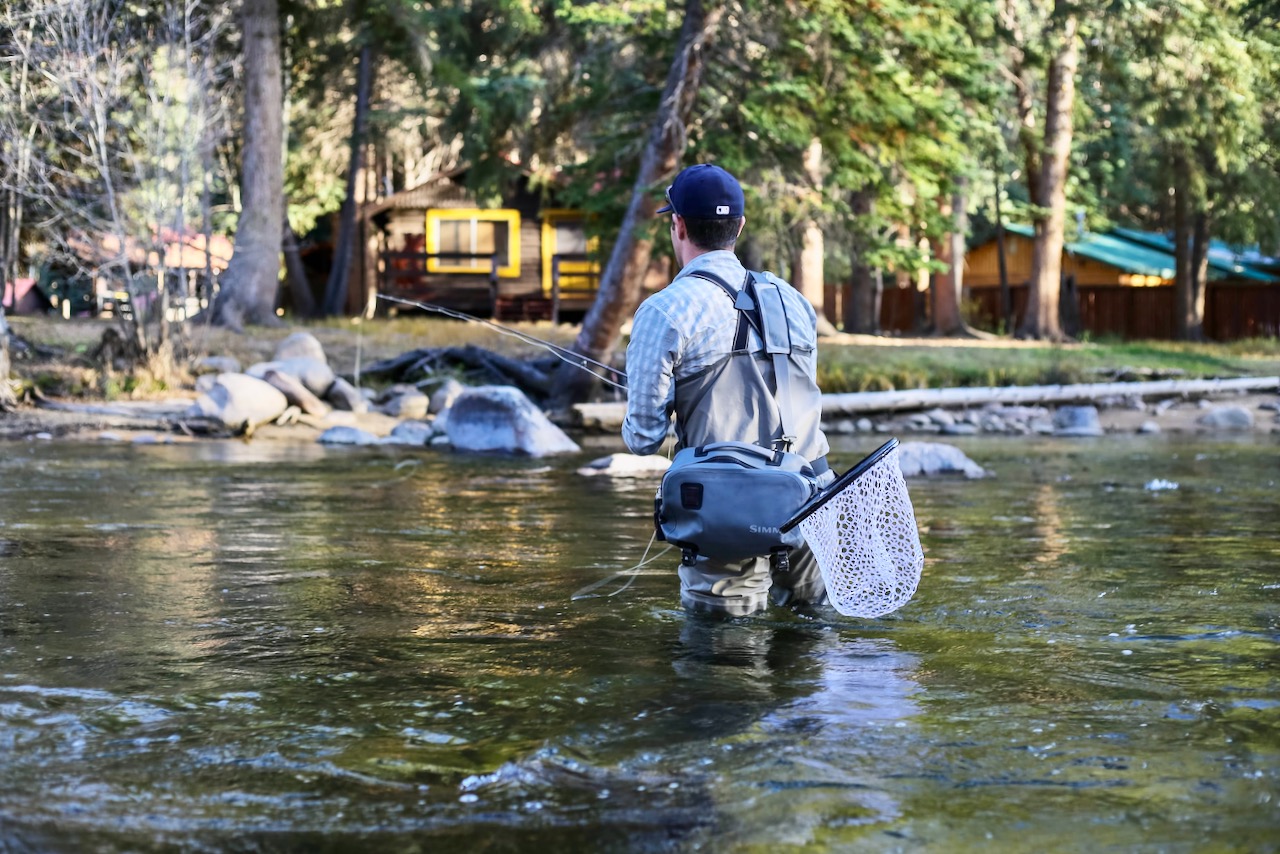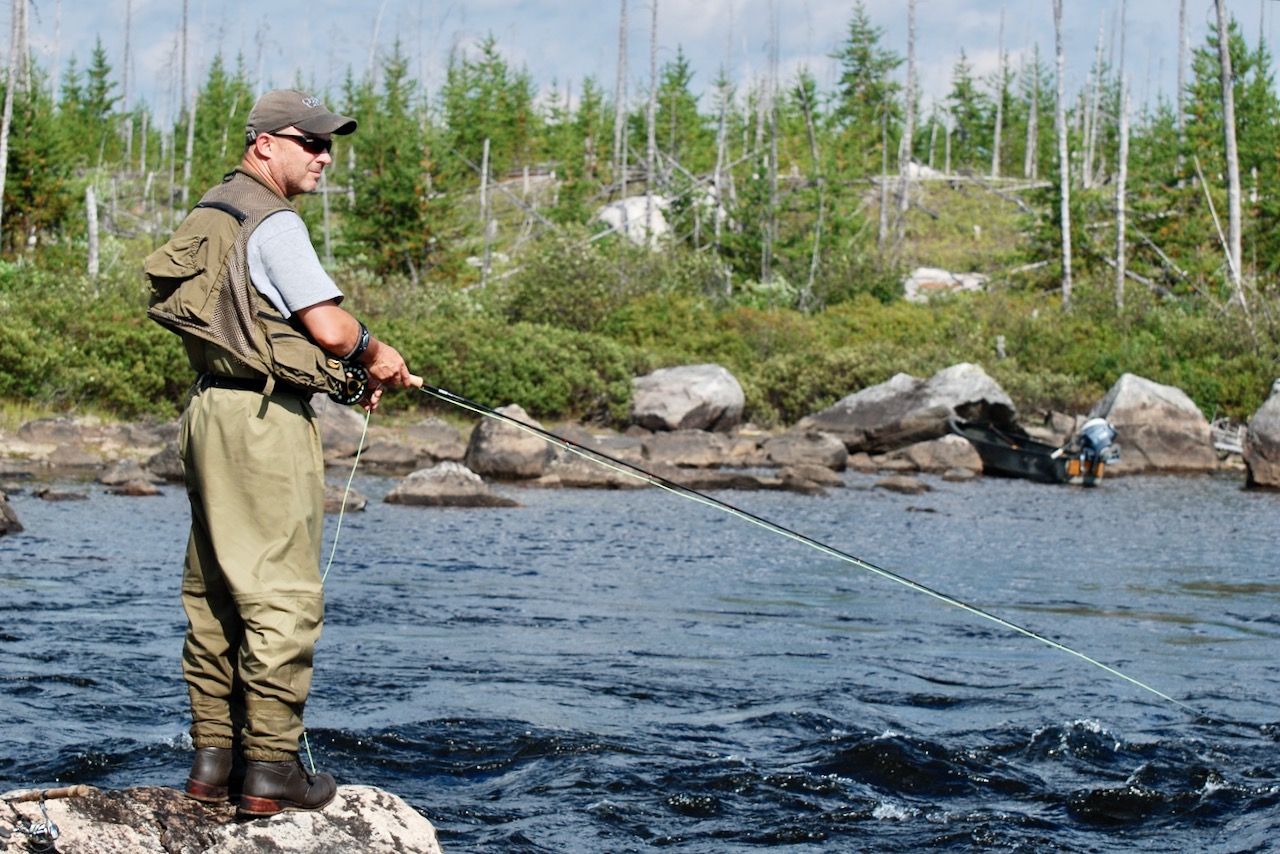GET THE DRIFT
Mastering drag is key to naturally presenting your fly
Advertisement

MENDING
Once your fly lands, the next step to avoid drag is to mend the line, which simply means repositioning it with your rod. Specifically, you make a short semi-circular motion with the rod tip, flipping the fly line up- or downstream, while allowing extra line to slip through your fingers. If your line is moving downstream ahead of the fly, mend upstream to reintroduce slack and extend the drift. Conversely, if the fly is moving faster than the line (less common, but it does happen), flip the line downstream to catch up with it.
Mending is so useful when fishing in a river that almost all of your casts should immediately be followed by a mend. If you can, mend the line several times to keep your fly drifting naturally as long as possible as it passes fish-holding areas.
Advertisement
Thanks to those pesky laws of physics, drag is inevitable; at some point, your line will go tight, and your drift will end. The goal of these techniques is to postpone drag until your fly has passed through the fish’s strike zone. In an ideal world, we’d master all of these tricks, but knowing even one helps, since less drag means better drifts—and that means more hook-ups.

